Lab Grown Zambian Emeralds Hydrothermal Hand Cutting Oval Cut with Cracks Inclusions Inside Selectable AGL Certificate
$26.99 USD$35.09 USD23% off
This deal will end in
Color: with certificate
Item Diameter: 3x5mm 0.16-0.18ct
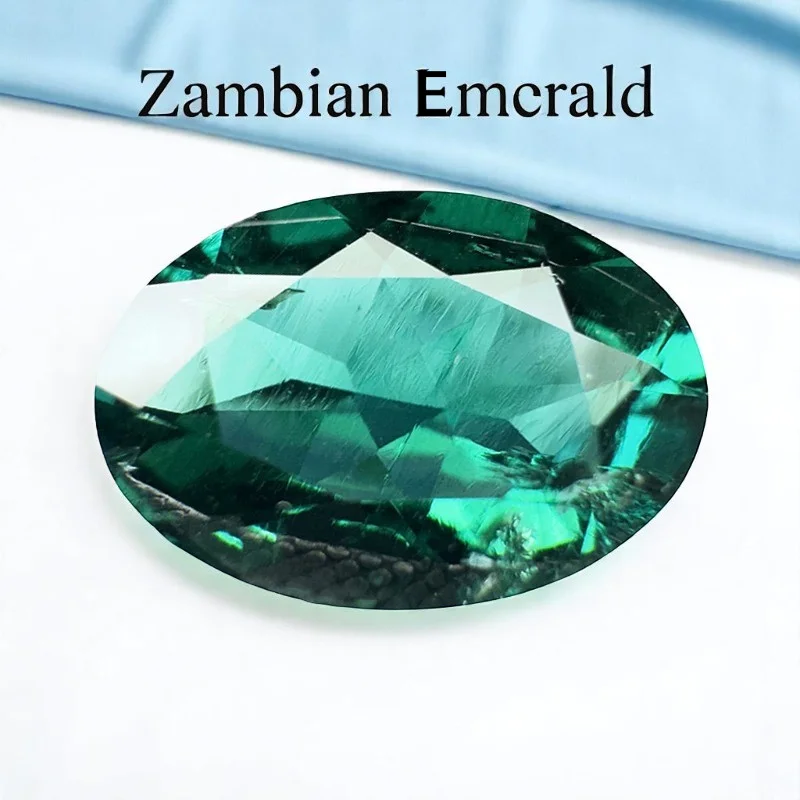
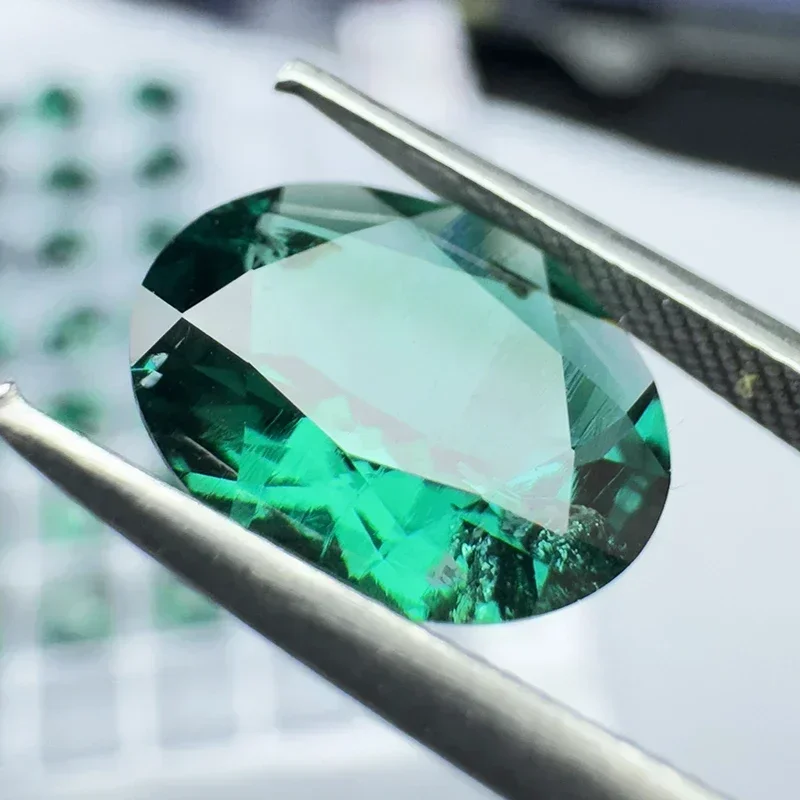
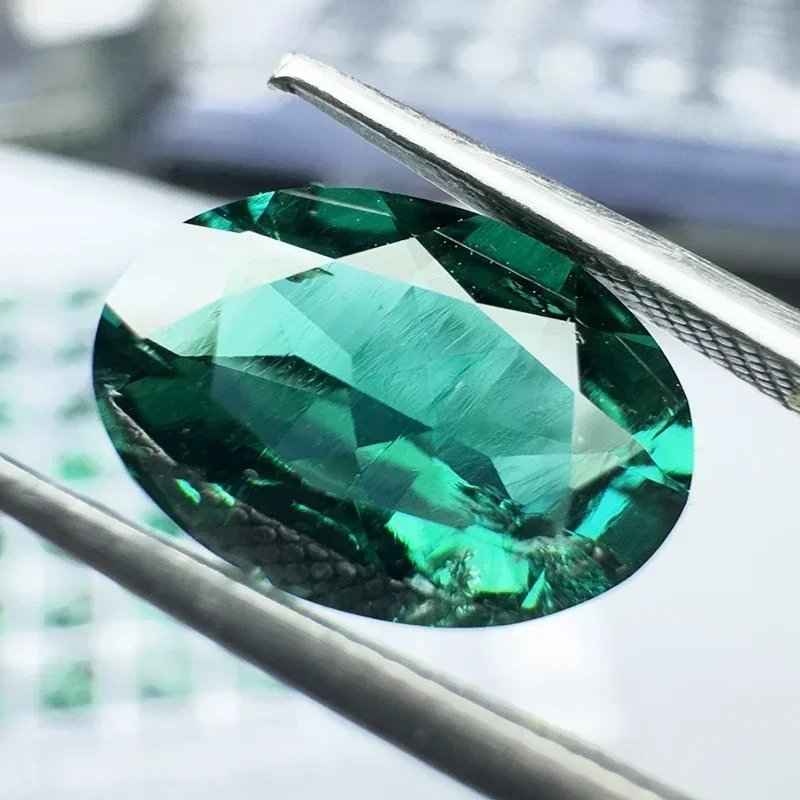
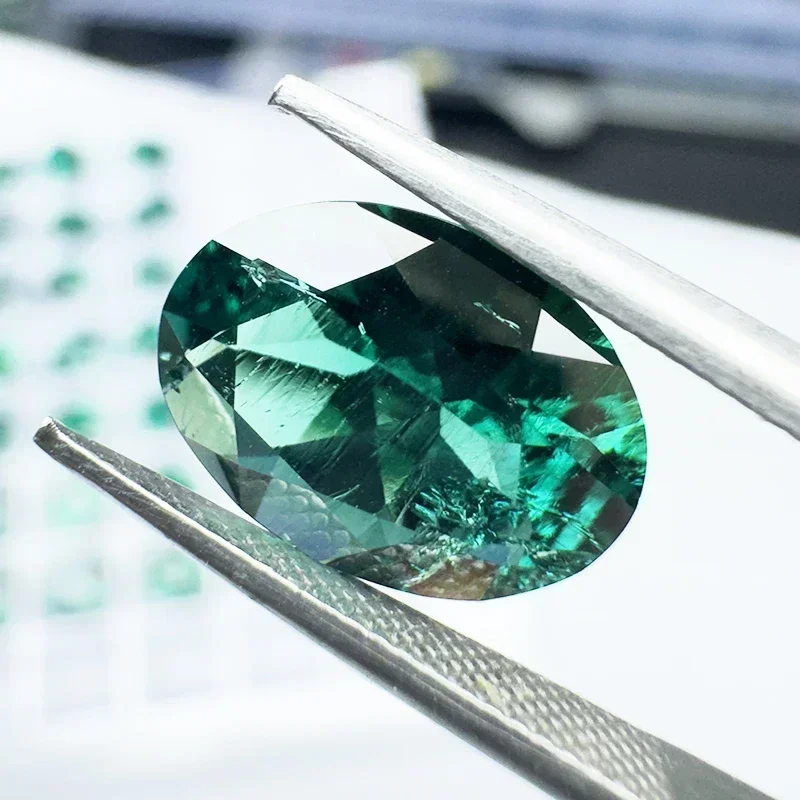
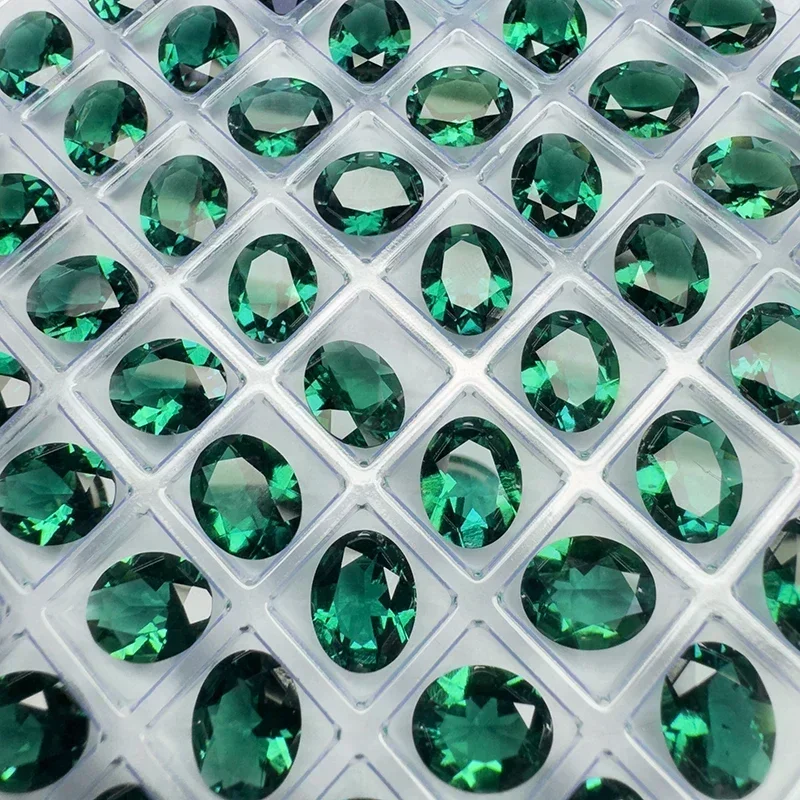
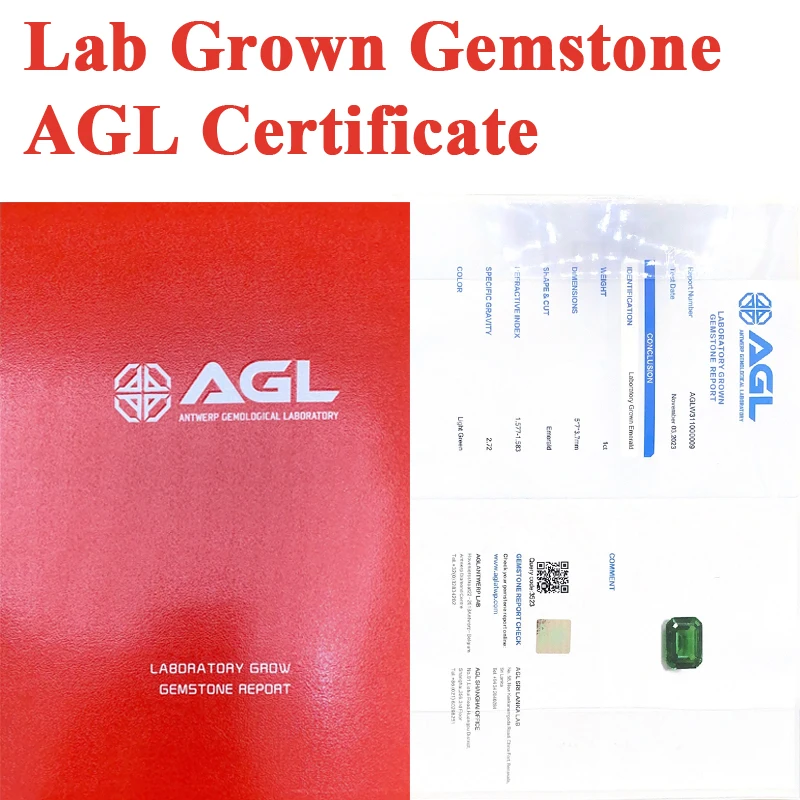
Lab-Grown Emerald
1. Chemistry and Structure
Composition: Identical to natural emeralds, lab-grown emeralds consist of beryllium aluminum silicate (Be₃Al₂(SiO₃)₆) with trace chromophores (chromium, vanadium) that produce their iconic green hue.
Synthesis Methods:
Hydrothermal Method: Mimicking natural growth conditions, aluminum oxide, beryllium oxide, and other raw materials are dissolved in a high-temperature, high-pressure aqueous solution. Seed crystals induce controlled growth over 2–3 months.
Flux Method: Raw materials are mixed with fluxes (e.g., lead molybdate) and heated to 1,400–1,500°C. Slow cooling allows emerald crystals to precipitate over 6–12 months.
2. Physical Properties
Hardness: Mohs (slightly lower than natural emeralds), requiring care to avoid scratches during daily wear.
Optical Performance: Refractive index 1.566–1.602, birefringence 0.005–0.009, and dispersion 0.014 (lower than diamond). Vivid color but subdued fire.
Density: 2.67–2.78 g/cm³, closely matching natural emeralds.
Inclusions: Hydrothermal-grown stones often show "nailhead" or "cloud-like" inclusions; flux-grown stones may contain flux residues or metallic filaments.
3. Jewelry Applications
Core Use Case: Affordable alternatives to natural emeralds (1/10–1/5 the cost), ideal for everyday jewelry or high-end custom designs.
Treatment Techniques: Some products undergo oiling (to improve clarity) or surface coating (to enhance color), though treatments must be disclosed.
4. Quality Grading
Color: Graded by GIA standards from Light to Dark, with "Emerald Green" (vivid, saturated hue) being the most desirable.
Clarity: Lab-grown emeralds are typically cleaner (VS to IF grades) compared to naturally occurring stones, which often contain fractures and inclusions.
Cut: The classic emerald cut (step-cut) maximizes color display, requiring attention to proportion and symmetry.
This translation maintains technical precision, aligns with industry terminology, and preserves the original structure for clarity.
